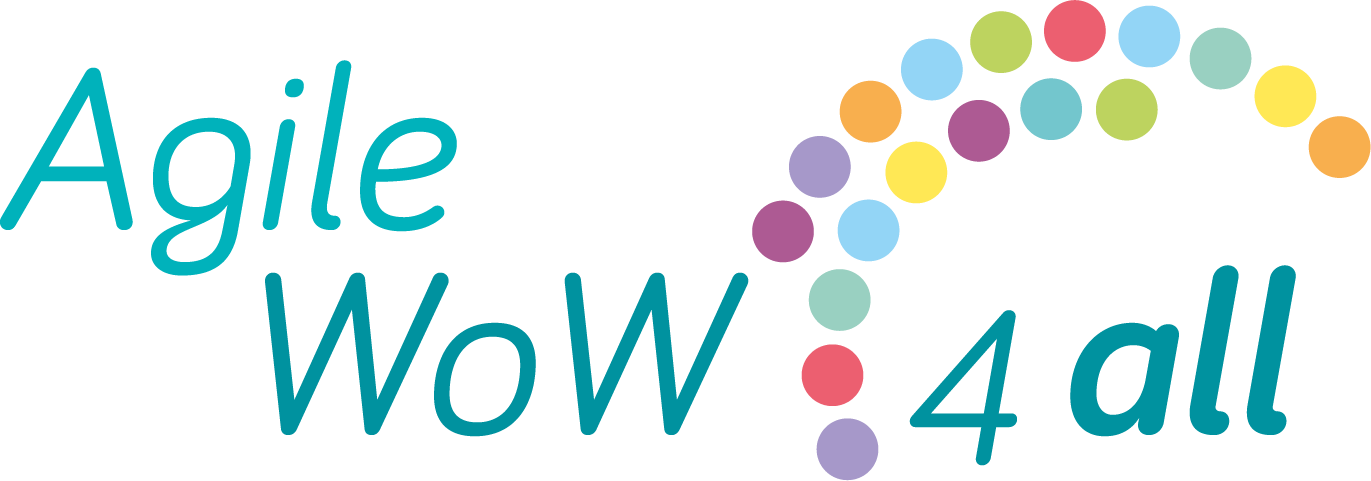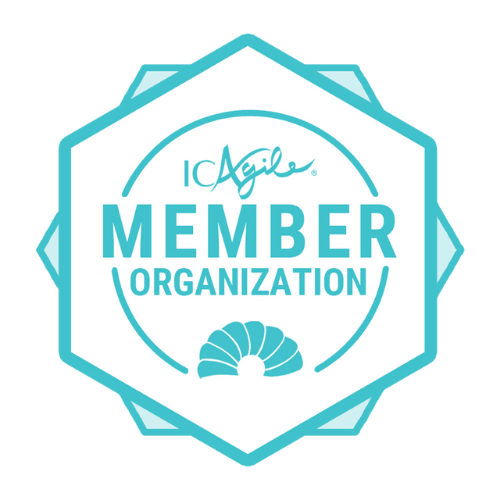Christophe Martinot
An Evolutionary Guide to Management 1.0, 2.0, and 3.0
Since the world of business is constantly changing, so have the ways in which we manage organizations. A significant shift has occurred in managers' thinking about leadership and organizational structure from the traditional, hierarchical approach of Management 1.0 to the more agile and collaborative approach of Management 3.0.
The three main stages of management evolution are as follows:
Management 1.0: The Traditional Approach
As factories were first being established during the Industrial Revolution, a strict control and efficiency system called management 1.0 emerged. There are clear lines of authority and a top-down approach to decision making in this model, which is characterized by a strict hierarchy.
It is the manager's primary responsibility to set goals, assign tasks, and monitor performance in Management 1.0, and he or she is seen as the central figure in the organization. It is expected that employees follow orders without questioning them, and collaboration and innovation are not encouraged.
Supporse a factory manager who focuses on maximizing production output and reducing costs by setting strict production quotas, enforcing standardized procedures, and using performance metrics to measure employee productivity.
Supporse a factory manager who focuses on maximizing production output and reducing costs by setting strict production quotas, enforcing standardized procedures, and using performance metrics to measure employee productivity.
Another example could be a military commander who uses a top-down command structure to ensure that orders are followed without question, and who prioritizes discipline and obedience above all else.
A more flexible approach to management was needed as the world became more complex and diverse, and manufacturing became the dominant industry.
Management 2.0: The Collaborative Approach
In the late 20th century, when businesses expanded globally and faced new challenges in technology, competition, and innovation, Management 2.0 emerged. In this approach, collaboration and flexibility are emphasized, and relationships with stakeholders, such as employees, customers, and suppliers, are valued.
Rather than being seen as controllers, managers are viewed as facilitators in Management 2.0, and employees are encouraged to contribute to decision-making. There is a focus on empowering employees and creating a more egalitarian workplace, where ideas are valued regardless of where they come from.
By encouraging collaboration and empowering employees, businesses can remain competitive and adapt to changing market conditions in a variety of industries.
Imagine a tech startup that values employee input and collaboration, and uses agile development methodologies to rapidly iterate and improve their products. The company encourages open communication and feedback, and fosters a culture of creativity and innovation.
Imagine a tech startup that values employee input and collaboration, and uses agile development methodologies to rapidly iterate and improve their products. The company encourages open communication and feedback, and fosters a culture of creativity and innovation.
A retail store that empowers its employees to make decisions and solve problems on their own, and encourages them to provide excellent customer service. The store has a collaborative work environment, where ideas are shared freely and everyone feels valued.
Management 3.0: The Agile Approach
In management 3.0, the emphasis is on building agile, self-organizing teams that can respond quickly to changing market conditions. This approach stresses empowerment, transparency, and continuous improvement.
In Management 3.0, managers are seen as coaches rather than bosses, and they are responsible for creating an environment that encourages experimentation and innovation. The focus is on building a culture of trust and collaboration, in which employees are encouraged to take risks and learn from their mistakes.
Management 3.0 also places a strong emphasis on purpose, values, and ethics, and seeks to create organizations that are both socially responsible and financially successful. A meaningful and fulfilling workplace can be created when organizations align their values and goals with those of their employees and stakeholders.
A good examples of this could be a social enterprise that is focused on solving a social or environmental problem, and is guided by a strong sense of purpose. The company encourages its employees to experiment and take risks in order to find innovative solutions to complex challenges.
A good examples of this could be a social enterprise that is focused on solving a social or environmental problem, and is guided by a strong sense of purpose. The company encourages its employees to experiment and take risks in order to find innovative solutions to complex challenges.
Imagine a software company that operates with a flat organizational structure and encourages self-organizing teams. The company is highly adaptable and can quickly pivot in response to changing market conditions or customer needs. They prioritize sustainability and seek to make a positive impact on society.
Management in the Future
Management will likely continue to evolve as businesses continue to evolve and adapt to new challenges. There is still much that can be done to improve the way organizations are managed, despite the fact that Management 1.0, 2.0, and 3.0 represent significant shifts in management thinking.
The following are some areas where future developments in management are likely to occur:
The following are some areas where future developments in management are likely to occur:
- Diversity, equity, and inclusion in the workplace are essential
- Balance efficiency with flexibility and creativity
- Examining new talent management approaches, such as gig work and remote work
- Increasing efficiency and streamlining processes through emerging technologies, such as artificial intelligence and automation
- Minimizing the environmental impact of business operations by implementing more sustainable and environmentally friendly practices.
The evolution of management has been largely driven by changes in the business environment, societal shifts, and technological advances. Increasing the amount of collaboration, agility, and social responsibility in management has been welcomed by many, as it creates a more fulfilling and engaging work environment for employees, as well as a more sustainable and successful organization for businesses.
Keeping the needs of the business and the employees in mind, as we look to the future of management, it will be necessary to continue to innovate and explore new ways of working. We can create organizations that are not only successful, but also contribute to a better world by embracing new technologies, building diverse, inclusive teams, and prioritizing purpose and values.
Should you be willing to learn more about Management 3.0, check out our Management 3.0 workshops
Should you be willing to learn more about Management 3.0, check out our Management 3.0 workshops
Thank you!
AgileWoW4all is a brand of SeedingEnregy S.L.
At SeedingEnergy we want to unleash the potential of your team and reach new goals through facilitation, customized trainings and coaching.
Copyright SeedingEnergy© 2021
Write your awesome label here.
¿Estás preparado?
Sé el primero en aportar innovación en tu departamento de Marketing
Thank you!




